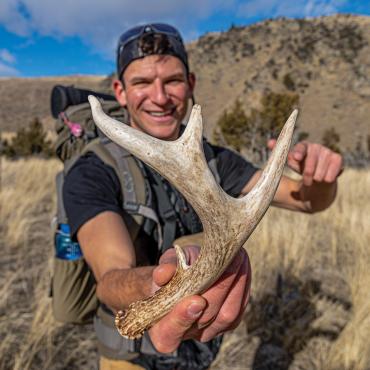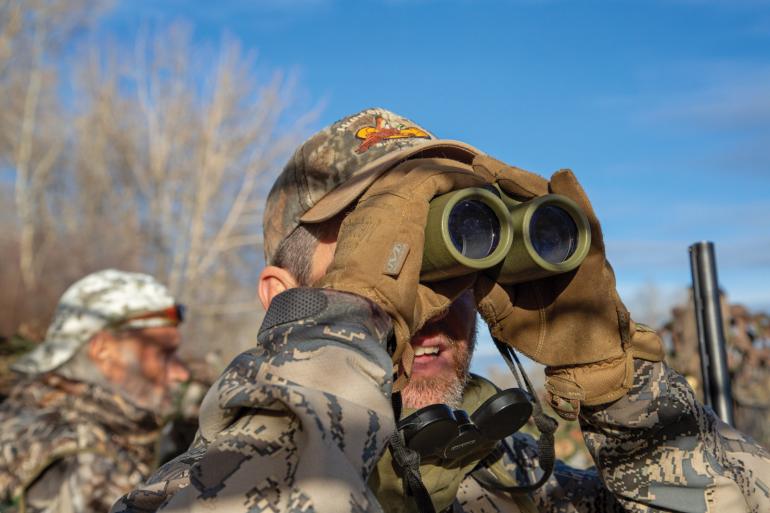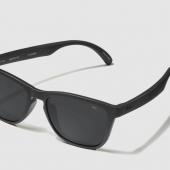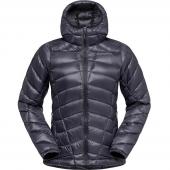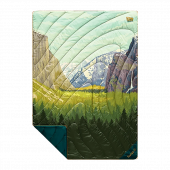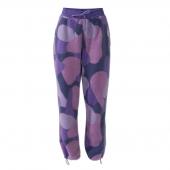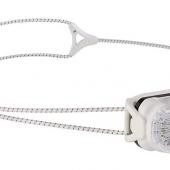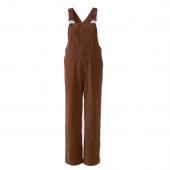In Focus
A beginner's guide to hunting optics.
If there’s a golden rule to hunting, it’s that one must find animals to shoot animals. And when it comes to spotting game, good optics make a world of difference. Generally, optics can be broken down into three categories: rifle scopes, binoculars, and spotting scopes (technically, rangefinders comprise a fourth category). While there is some overlap in function, they all fill different niches in the woods. Entire books have been written on rifle scopes, and opinions mirror those on automobiles: strong and wide-ranging. So we’ll stick to binos and spotting scopes here, with a broad overview and brief rundown on sizing and applications for each.
Binoculars
Binoculars come in a huge range of sizes, but most hunters would agree that the most versatile is a pair of 10x42s. The first number describes the magnification—so in this size, everything appears ten times closer. The second number tells you the size of the two objective (large) lenses, in millimeters. The larger the lens, the more light can pass through, which can be especially helpful at dusk and dawn when animals are most active. So why not go for a bigger size, like a 10x50 or a 12x50? The answer is twofold. As magnification increases, the “field of view” decreases, making it difficult to see a steady image without a tripod or rest of some sort. Similarly, increasing the objective size adds a significant amount of size and weight to the binocular, making it too heavy to lug around on your neck all day. Overall, the sweet spot for hunting and hiking with all day, for days on end is 10x42. Don’t skimp on quality—you get what you pay for in clarity of glass.
Spotting Scopes
For finding game in big, sprawling country, a spotting scope provides a huge leg up over binoculars. In conjunction with a tripod, it allows you to systematically pick apart the landscape, looking for bedded animals, tracks in the snow, or deer and elk feeding in tucked away, shadowed spots. Sizing is similar to binoculars; however, most spotting scopes have variable magnification. Two standard sizes are 27-60x85 and 22-48x65, with the first two numbers describing the range of magnification, and the second number the objective size. Scopes with larger objectives are heavier, but the whole shebang is heavy to begin with (7 to 12 pounds, with a tripod). In my opinion, the extra pound or two is worth it. The larger objective will give you an additional 30 minutes of visibility at first and last light, which can mean the difference between spotting the animal of your dreams and walking back to camp without having seen a dang thing. Because you’ll be using a tripod regardless, stability isn’t as big of an issue. Finally, it’s worth mentioning that these things ain’t cheap, with a good setup running $800 at a minimum. But if you want to see more game—who doesn’t—a spotting scope is worth its weight in gold.


